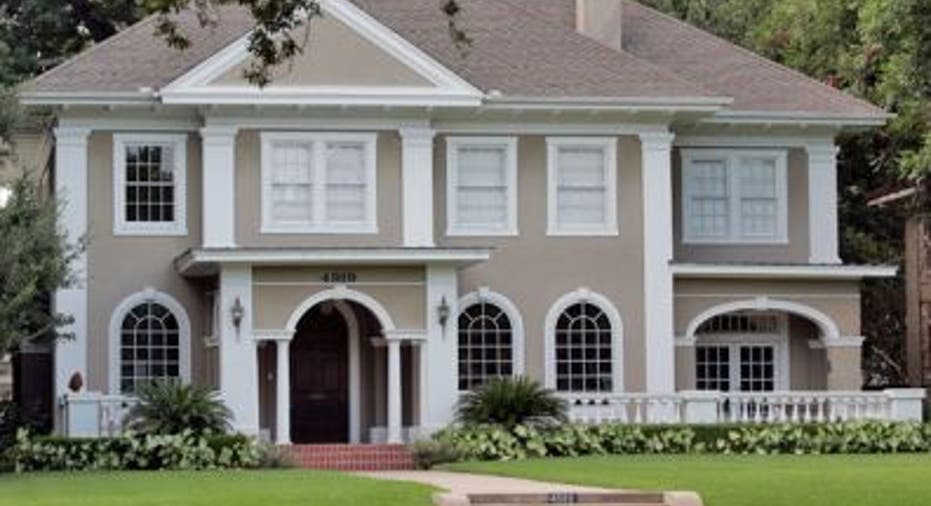Home Insurers: Only You Can Prevent Wildfires

Homeowners insurance will cover the loss or damage of your home in a wildfire, though getting and maintaining coverage can be difficult if you don't take steps to minimize the risks.
While 8 of the 10 costliest wildfires in U.S. history were in California, almost every state faces wildfire risks. An insurance industry group reports that wildfire numbers from the National Interagency Coordination Center show every state but Delaware was affected by wildfires during the first 11 months of 2011.
Last year's wildfires torched more than 8 million acres in the U.S., resulting in $855 million in insured losses and $1.9 billion in total economic losses, according to Munich Re, a company that insures insurance companies.
Insurers have grown so leery of the losses that some features can make homes practically uninsurable in areas susceptible to wildfires.
Insurers Want Homes to be More Fire-Smart
At State Farm, insurance won't be written on a home with an unrated wood "shake" shingled roof, says spokeswoman Angela Thorpe.
The company began a wildfire loss prevention program in 2003. Insurance inspectors trained by state forestry agencies visit homes to evaluate the structure and surrounding property. They look at what experts call the home's "defensible space" -- 30 feet or more extending out from the home itself and attachments such as decks -- to evaluate how fire-prone the vegetation and home itself are.
The inspections are done on an as-needed basis, but local agents know which areas are considered at high risk for wildfires, Thorpe says.
Owners whose homes need better protection are mailed a to-do list. They get at least 18 months to comply. If they don't, they may get more time -- or see their policy canceled, Thorpe says.
Since the program began, less than 1% of homeowners policies have been dropped, she says.
Insurers Have Support From Fire Authorities
Some insurers have teamed with local fire officials to encourage community-wide vegetation cleanup, especially in areas with dense growth and brush, says Leslie Chapman-Henderson, president of the Federal Alliance for Safe Homes, or FLASH.
"If there's a common area in your neighborhood that is overgrown, the fire departments work with insurers to identify these areas and let homeowners know that their insurability is impacted by this," she says.
An insurance company working with a local fire department can make a very convincing case about the need to take care of potential wildfire trouble. "They have good intentions," says Chapman-Henderson.
With the Right Action, Discounts Possible
If you take certain mitigation measures, such as installing a Class A-rated noncombustible roof, insurance companies might not only keep you on as a customer but also reward you with discounts, says Loretta Worters, a vice president with the Insurance Information Institute.
Then again, if you have that top-of-the-line roof but you've let leaves accumulate in the gutters and eaves, and vegetation is threatening to take over your wood deck, discounts likely won't happen, she says.
Keep in mind that wildfire concerns that can affect your homeowners insurance rates and ability to get coverage aren't just about the kind of roof you have or how high the grass is under the deck. Your home's wonderful view of the mountains at the top of a heavily wooded lot reachable only by a narrow, winding driveway means firefighters could have a tough time reaching you, Worters says.
"People want to enjoy these things but don't understand the ramifications and why their insurance rates are more, (when) compared to someone not in the area with the same kind of house," she says.



















